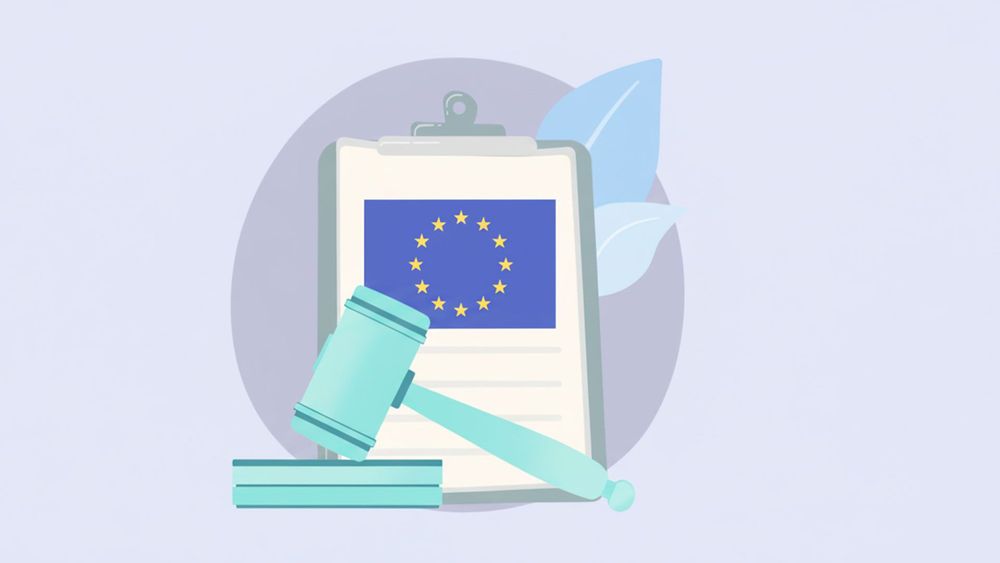EN 301 549: What It Is and How to Comply with the European Digital Accessibility Standard
Find out what EN 301 549 requires, how it relates to WCAG and the European Accessibility Act, and what steps you need to take to ensure compliance before June 2025.

EN 301 549: The European Accessibility Standard 🌍♿
The EN 301 549 standard sets accessibility requirements for information and communication technology (ICT) products and services — including hardware, software, documents, and mobile applications — used in Europe. Originally designed for public procurement, it is now part of the European Accessibility Act (EAA). ✅📱💻
To comply, EU Member States must:
- 📄 Handle and respond to accessibility-related requests concerning websites and mobile apps, in accordance with applicable national regulations.
- 🎓 Offer targeted training programs on digital accessibility and legal obligations.
- 📢 Actively promote awareness and commitment to accessibility at all levels of the organization.
- 💡 Share and apply best practices to ensure websites and mobile apps are genuinely accessible.
- 🛠️ Ensure there is an effective enforcement procedure for accessibility obligations.
What Does EN 301 549 Cover? 🔍
Aligned with the WCAG, this standard goes beyond web content: it also includes requirements for hardware, applications, documents, and telecommunications. As a harmonized European standard, compliance is presumed to meet legal obligations.
Key Details of Version v3.2.1 (Harmonized in February 2022) 📅
- 📝 Public sector must publish an accessibility statement indicating the current level of accessibility, non-accessible elements, and complaint procedures.
- 🚫 Some content is excluded (e.g., videos published before 2020, or intranets created before 2019. Refer to the standard for more information.).
- 🧭 There must be an explanation of inaccessible elements, and information on available alternatives.
Expected Changes in Version v4.1.1 (March–May 2025) 🔄
- 🆕 Adoption of WCAG 2.2, with additional criteria to support users with cognitive disabilities.
- 🗣️ Inclusion of real-time text (RTT) in communications — helpful for people with hearing or speech disabilities.
- 🤝 Full alignment with the EAA, effective June 2025, making legal compliance easier.
Is Complying with EN 301 549 the Same as Following WCAG 2.2? 🤔
Largely, yes ✅ — but there are some differences.
For instance, EN 301 549 addresses the use of biometric data. If an organization uses biometric systems, it must follow specific rules to comply with this standard.
Why Is EN 301 549 Important for European Organizations and Businesses? 🇪🇺🏢
- ⚖️ Legal compliance: As of June 2025, it is mandatory in the EU for public organizations — non-compliance may lead to penalties.
- 🌍 Access to new markets: An estimated 135 million people with disabilities in Europe represent a significant market opportunity.
- 🌟 Social responsibility and reputation: Demonstrates a commitment to inclusion and enhances corporate image.
How to Prepare Before June 2025? 🧭📆
- 🔍 Conduct comprehensive audits that include WCAG 2.2 and specific EN 301 549 requirements.
- ⚙️ Update technical platforms, including PDFs, user interfaces, and telecommunications systems.
- 👥 Train internal teams — designers, developers, content creators — on new criteria like RTT and WCAG 2.2.
- 📊 Ongoing monitoring, as standards will continue to evolve.
Conclusion ✅
EN 301 549 is a cornerstone of digital accessibility in Europe. With version v4.1.1, organizations must adapt to new requirements (such as WCAG 2.2) and prepare for mandatory EAA compliance by June 2025. 🗓️♿
At Inclusif, we help you meet EN 301 549 through technical audits, custom consulting, team training, and continuous support.
If you need help adapting your website, app, or digital documentation, visit inclusif.life and discover how we can support your journey toward real, sustainable accessibility.